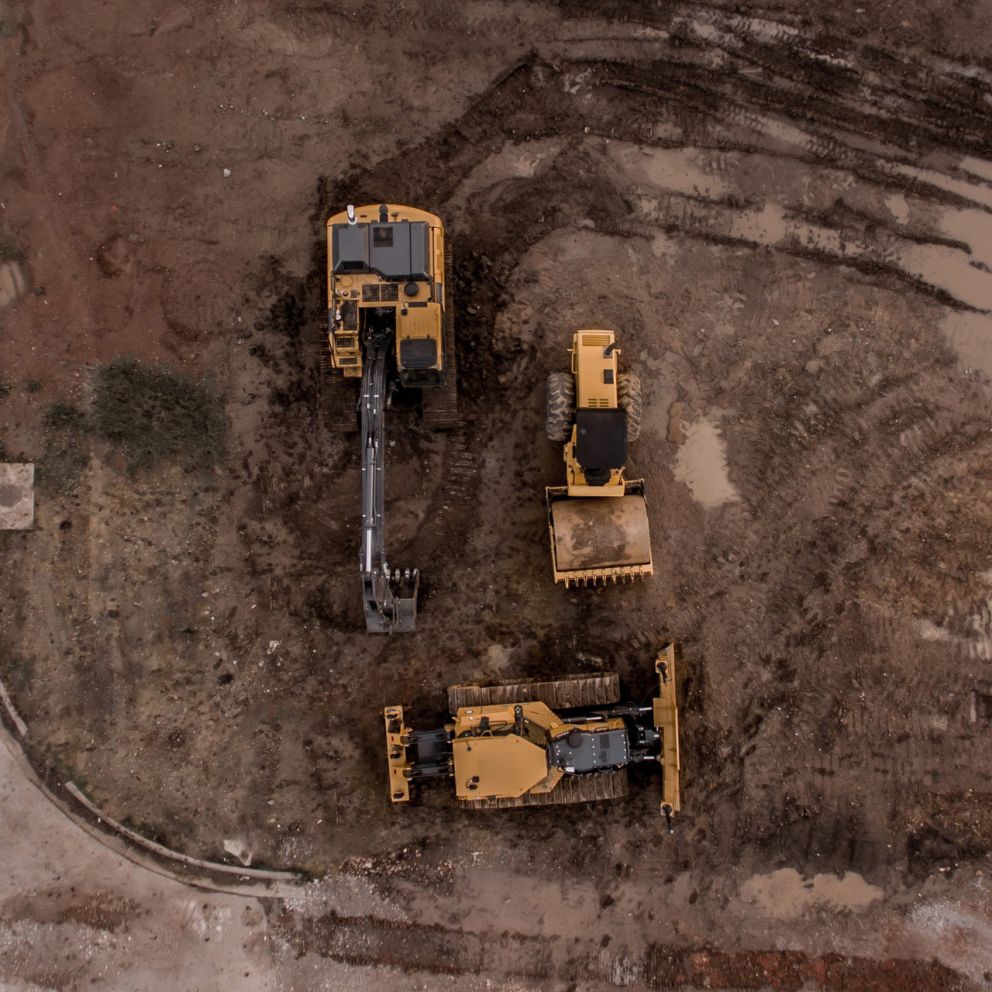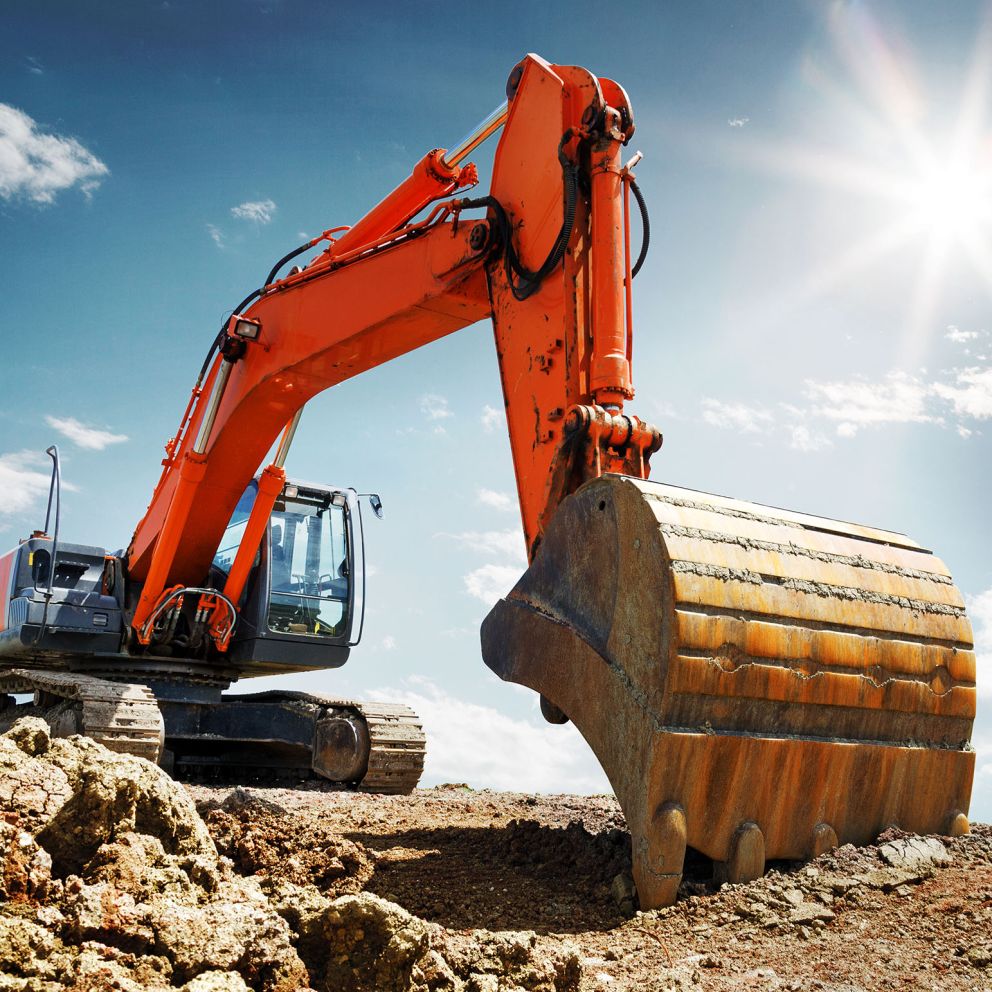
SHIFT TOWARDS ELECTRICAL MACHINES
Electric machines in construction and infrastructure are gaining popularity rapidly. The greatest cause is regulations that are becoming more strict on construction sites. These regulations aim to not only reduce the emission of nitrogen, but also CO₂ and particulate matter. Electric machines do not produce nitrogen, CO₂ and particulate matter.
Another benefit is that electric motors are significantly quieter. Electric machines also require less maintenance and have a much smaller chance of leakages.

NEW MACHINE OR converting
Electrification can happen in two ways: by designing a completely new electrical machine or by converting an existing machine (that is currently powered by a combustion engine).
In some cases, it can be beneficial to convert an existing machine, that is powered by a combustion engine, to an electric machine. The current engine will often be replaced by an electric motor. In addition, we investigate whether it is beneficial to convert the largest energy-consuming motions to electric actuators. This saves on battery capacity, which is most of the time the largest cost driver of a conversion.
Building new electric machines does not only require knowledge of electric drives. We also possess the necessary structural and hydraulic knowledge to be able to design new machines. We believe that it is important to understand how the machine worked before, in order to properly electrify a machine. We can contribute in various areas; from engineering the solution to actually converting or building a machine or delivery of subsystems/products.